It is a very wise idea to have the air of your home checked for high levels of radon gas. Health Canada has identified exposure to radon gas as the second leading cause of lung cancer after smoking, estimated to be the cause of 16% of diagnosed cases in the country.
A high reading may come, not from having a uranium source under your basement floor or behind your foundation walls, but rather high levels of radon gas in your water supply.
Radon gas occurs naturally as uranium in the soil breaks down, and can seep into your home undetected as it is colourless, odourless and tasteless; it can also dissolve in well water entering your home with the water you consume.
While the concept of radon gas has not yet become common knowledge with designers and builders, some building codes already require the installation of at least a soil-gas membrane and the rough-in of a radon mitigation stack that can be activated in the event that the finished house has high levels. Some level of radon gas is present everywhere, and it is impossible to ascertain if a house will have high levels before construction as it requires the buildup of gas in a sealed home to show a reading.
There are radon hot spots all across the country where it is quite prevalent in homes, but whether a specific home will have a high reading is still pretty much hit and miss - you may have it and your next-door neighbor may have none. Check the updated radon maps to see if your home is in a high-risk area. The presence of radon in water is equally random, and levels may differ drastically from wells even in very close proximity. Below is a map developed by the CBC using data from Health Canada outlining the highest risk areas across Canada.

|
|
Map of high risk areas for radon gas contamination © CBC
|
Testing for radon in the air usually involves a sensor that needs to be left in place for several months; or putting an electronic tester and monitoring system, water can be tested more quickly with a properly collected sample - you can find water testing kits here for radon. You may have next to no radon infiltration through the soil, but still have high readings in your house due to contaminated well water.
Radon is a heavy gas, and if it weren't invisible you could see it in action - and even pour it out of a cup the way you can with dry ice. In a room with stagnant air it will collect at the floor level, but it is easily stirred up by heating and ventilation equipment, the stack effect (air convection), and even the movement of people through a room.
If a glass of water with high levels of radon was left undisturbed, there wouldn't be much gas escaping until you break the surface tension of the water. It is the spraying action of showers and aerators on faucets that allows the gas to escape from the water, but it is probably also a good idea to repair leaking faucets - stopping drips is an easy fix!
Aeration to remove radon from water:
Traditionally, radon would be aerated with special tanks that are vented to the outside. This requires space within your mechanical room; it also allows the gas into your house before it is dealt with. So there is a greater risk of leaks, also of the gas re-entering the home through windows or by proximity to heating and ventilation intakes.
There are a few products currently available on the market that removes radon from the water directly at the well head. And it looks like this - click it for more information and to get pricing:

A pipe with an aeration section is inserted from top to bottom in the well. A steady source of air is introduced into this aeration tube effectively lifting water from the bottom of the well to create an aerated flow of water onto the top of the water level of the well itself. The result is that the injected air will have stripped previously trapped gasses out of the water in the quite pressurized conditions at the top of the well.
There are two main benefits we find with this type of install; wells are usually far enough from a home that there is little risk of escaping radon leaking into the house, and it requires no allocation of space for equipment in the mechanical room. As there is already power at the well head for the pump, no additional power lines would need to be run to the well, so there is no added hassle or cost difference whether installation happens at the time of construction or a retrofit at a later date. An added benefit is that this system also removes methane, sulfur (the rotten egg smell) and iron.
System cost:
Normally, when you get to the part about cost, everyone's shoulders will slump a little as the 'preferred product' is usually more expensive. This is a rare case of it being the opposite - typical aerating systems to remove radon from water can range from $5000 - $8,000 installed, while this system's range is more in the $3,000 - $5,000. Watch the video below for greater detail on how these types of systems work.
Now you know more about the dangers of radon gas in homes and how to test for radon. Find more pages about radon mitigation in basements and crawl spaces and how to maintain healthy indoor air quality here:
Find more about green home construction in the Ecohome Green Building Guide pages - Also, learn more about the benefits of a free Ecohome Network Membership here. |

























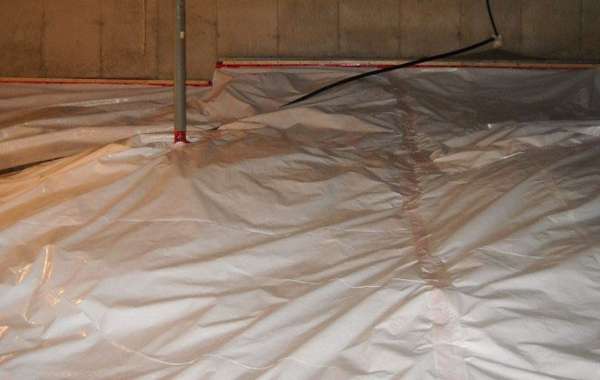
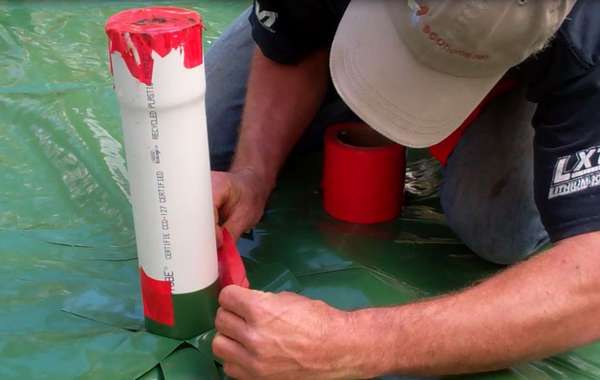


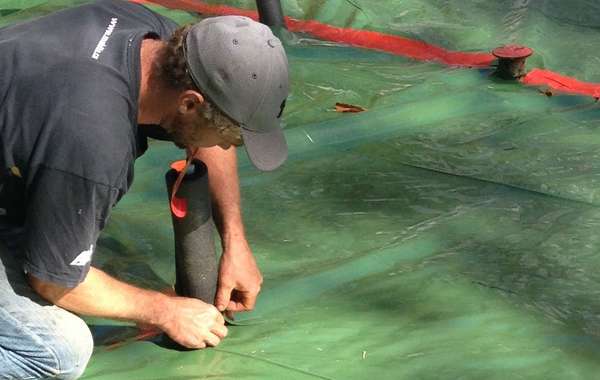
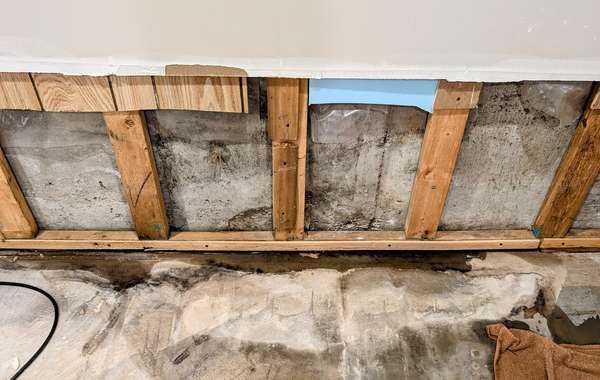


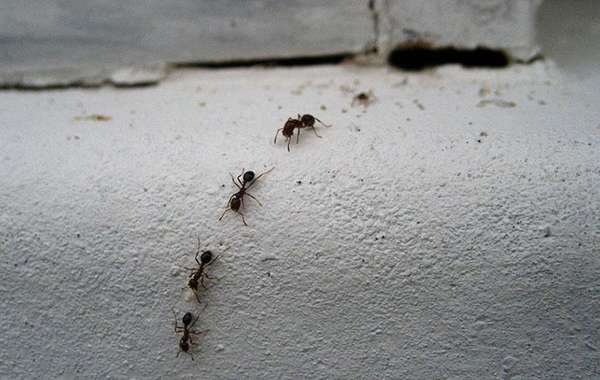

Comments (0)
Sign Up to Comment